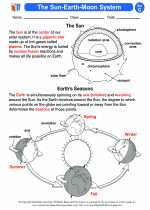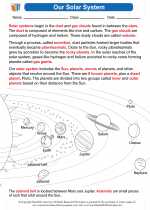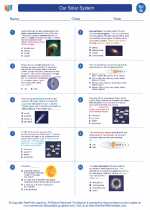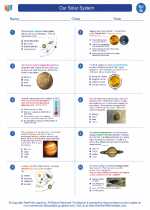Newton's First Law of Motion
Newton's First Law of Motion, also known as the law of inertia, states that an object at rest will stay at rest and an object in motion will stay in motion with the same speed and in the same direction unless acted upon by an unbalanced force.
Key Concepts:
- Inertia: The tendency of an object to resist changes in its state of motion. An object will remain at rest or continue moving at a constant velocity unless acted upon by an external force.
- Unbalanced Force: When the net force acting on an object is not zero, it will cause a change in the object's motion.
- Equilibrium: When the net force on an object is zero, it is in a state of equilibrium, and its velocity will remain constant.
Examples:
1. A book resting on a table will remain at rest until an external force (such as someone pushing it) is applied.
2. A ball rolling across the floor will continue moving at a constant speed in a straight line unless a force (such as friction or a kick) acts on it.
Study Guide:
Here are some key points to remember about Newton's First Law of Motion:
- Objects resist changes in their motion due to inertia.
- An object in motion will remain in motion unless acted upon by an unbalanced force.
- An object at rest will remain at rest unless acted upon by an unbalanced force.
- Equilibrium occurs when the net force on an object is zero.
- Understanding the concept of inertia and equilibrium is crucial for grasping Newton's First Law of Motion.
It is important to understand and apply the concepts of inertia and unbalanced forces to various real-world examples to solidify your understanding of Newton's First Law of Motion.
.◂Science Worksheets and Study Guides Seventh Grade. Our Solar System

 Activity Lesson
Activity Lesson
 Activity Lesson
Activity Lesson
 Worksheet/Answer key
Worksheet/Answer key
 Worksheet/Answer key
Worksheet/Answer key
 Worksheet/Answer key
Worksheet/Answer key
 Worksheet/Answer key
Worksheet/Answer key
 Vocabulary/Answer key
Vocabulary/Answer key
 Vocabulary/Answer key
Vocabulary/Answer key
 Vocabulary/Answer key
Vocabulary/Answer key
